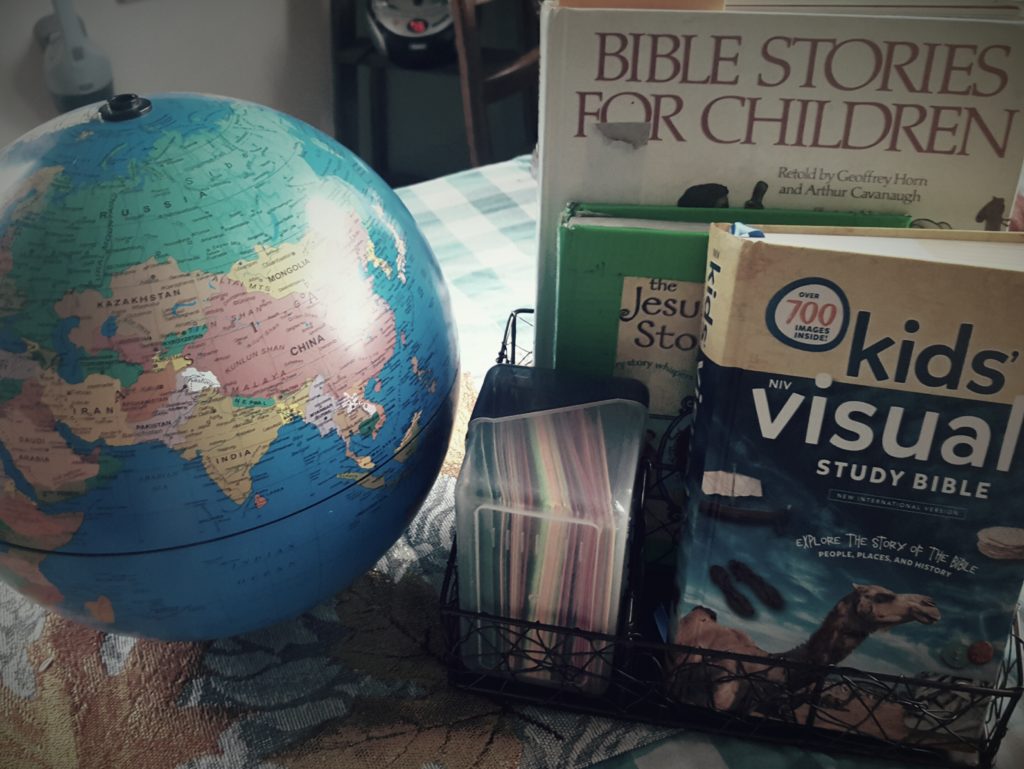
Technically, we started our new homeschool year back in July, but there is just something about the week after Labor Day that feels official about the school year. By this time, we are mostly settled into our rhythms and routines so everyone knows what is expected of them at different times (at least that’s the hope.)
One question I get over and over is “What are you doing for homeschool?” Many times the question comes from another homeschool mom who wants to know what curriculum I’m using or what tips and tricks I use that might benefit her family. Sometimes the question comes from family or folks who are just curious about homeschooling and how it all works. And then there are times the question comes from people who want to check up to make sure I’m actually teaching my children something in our homeschool. No matter how it comes, I actually enjoy sharing with others what we do, what works for us, and areas I’m working to improve.
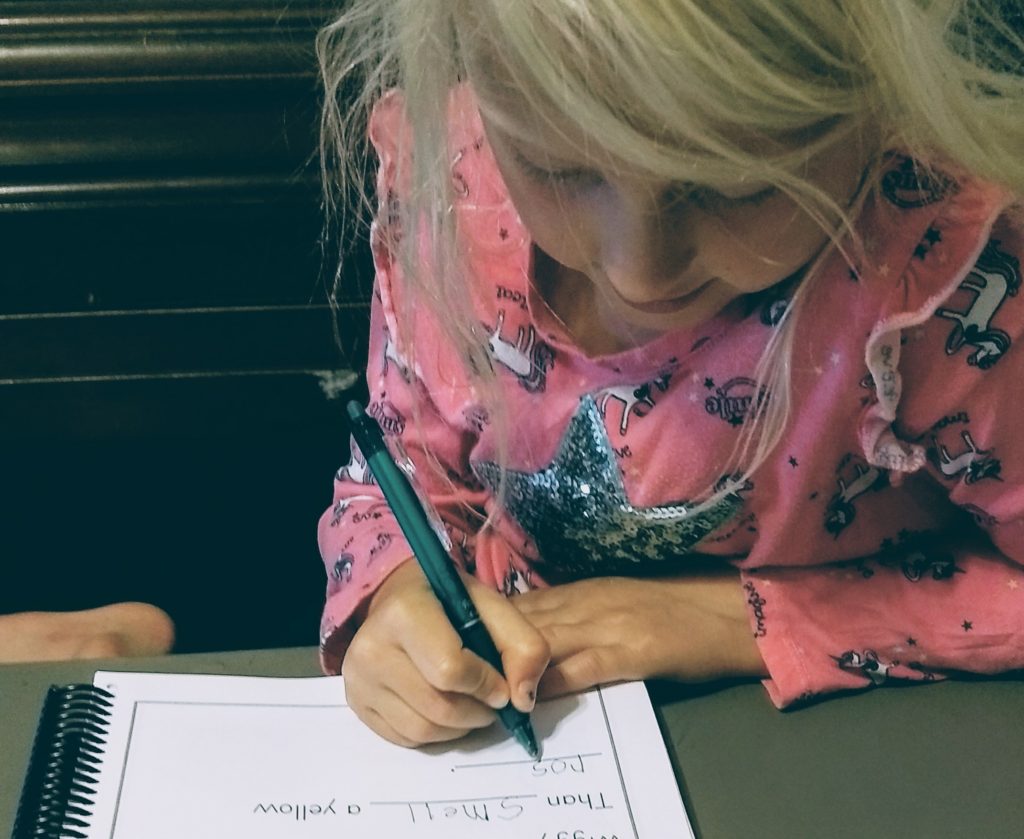
So what is it that we do????
Our homeschool is influenced greatly by Charlotte Mason’s philosophy which she sums up as “Education is an atmosphere, a discipline, and a life.”
Education is an atmosphere: The atmosphere of the home provides the opportunity to be learning all the time. As the mother of the home, I am largely responsible for the atmosphere. Do I control my own attitude to keep the atmosphere joyful? Do I keep our home in such a way that it helps facilitate learning not hamper it? Do I make sure our schedule leaves plenty of time for exploring and being outdoors? Education is not confined to the kitchen table, a schoolroom, or certain hours of the day. Our home is a place that fosters learning, and the whole world is our classroom.
Education is a discipline: In our homeschool, this means doing the right thing, the right way, at the right time. This becomes easier when good habits and routines are in place. One of my favorite quotes from Charlotte Mason that I remind myself of often is,
“The mother who takes pains to endow her children with good habits secures for herself smooth and easy days.”
I don’t know about you, but I am all for securing smooth and easy days for myself. If that is what I am looking for in the future, I must be diligent in training my children in their habits as well as making sure I have good habits (like making sure I switch clothes from the washer to the dryer) for myself as well. Developing good habits may not be easy now, but it will be worth it when the pathways of our brains are paved from the repetition of doing the right thing, in the right way, at the right time.
Education is a life: For us, this means living ideas we discuss instead of dry facts we recite, living books instead of textbooks, and education as a way of life instead of as a part of life. We enjoy a rich feast of living ideas using living books, poetry tea time, morning time baskets, brushwork, and more.
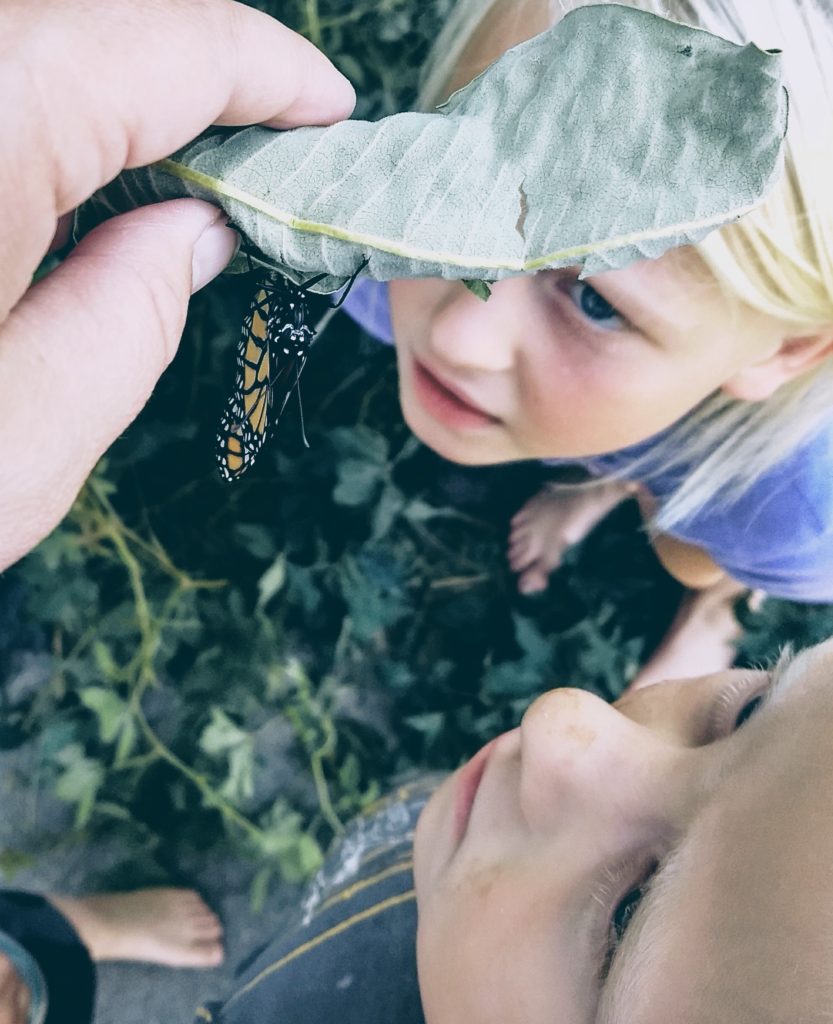
What Charlotte Mason’s Philosophy Looks Like In Our Homeschool
This year I am teaching a 2nd grader and have tag-a-longs who are five, three, and baby. I use A Gentle Feast as our core curriculum. Last year I followed it almost to a “T”. This year I have tweaked it a little more, but we still follow it fairly closely. Our lesson time is broken into four parts: Morning Time, Disciplined Studies, Loop A, and Loop B. Here’s a brief overview of what those entail. Sometime in the (hopefully near) future, I’ll go into greater detail on each of these parts.
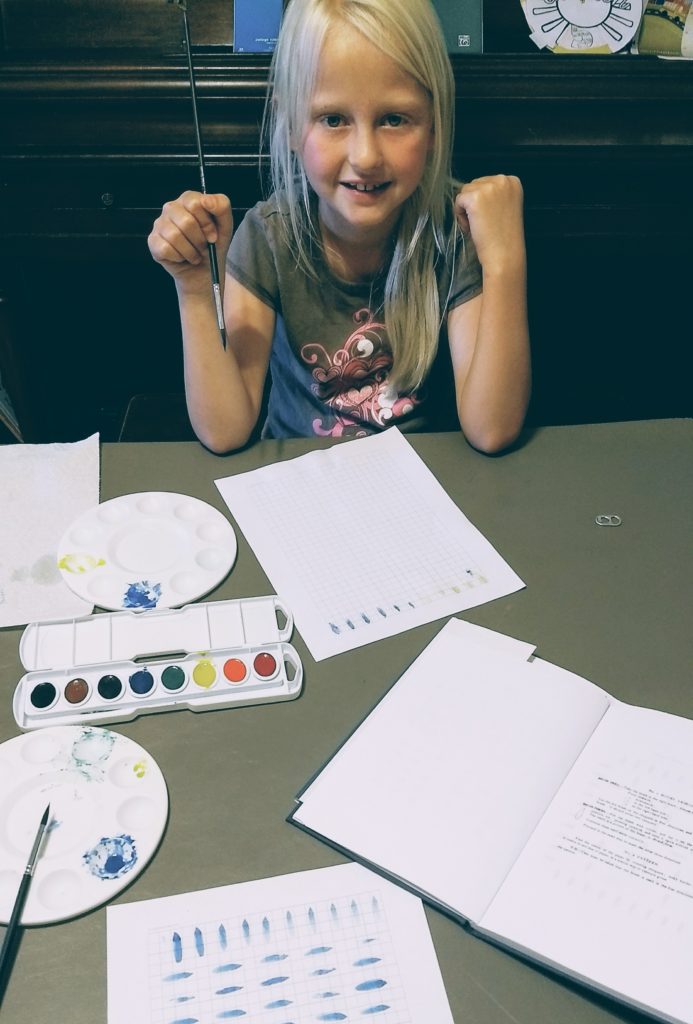
Morning Time: This happens while the kiddos each breakfast. Having food in their mouths and something for their hands to do gives me a little bit of time to “feed” all of them from the Word of God and other riches. Each day during Morning Time I read a passage of scripture, a Bible story, or a devotional, we share “thankfuls”, and we pray together. After that, we use our menus to practice our memory passage, review our 24 Family Ways, practice our recitation with a poem, sing our hymn and modern worship song. Morning Time also includes a loop of poetry, art, music, and tales.
Morning Time is the only part of our homeschool day the preschoolers are required to participate in. They usually play on the floor near where I’m working with the oldest, but they can come and go as they please.
Disciplined Studies: I got the term “disciplined studies” from Clay and Sally Clarkson’s book Educating the Wholehearted Child which I highly recommend. Disciplined studies are those subjects which require us to practice them in a habitual way. For us, the Disciplined Studies include Reading/Phonics, Math, Copywork, and Dictation (spelling).
Loop A: The subjects in Loop A get top priority after Morning Time and Disciplined Studies. We strive for two lessons each week in each of the subjects: History, Geography, Natural History, Spanish, and Nature Study (one day in nature and one day of nature journaling).
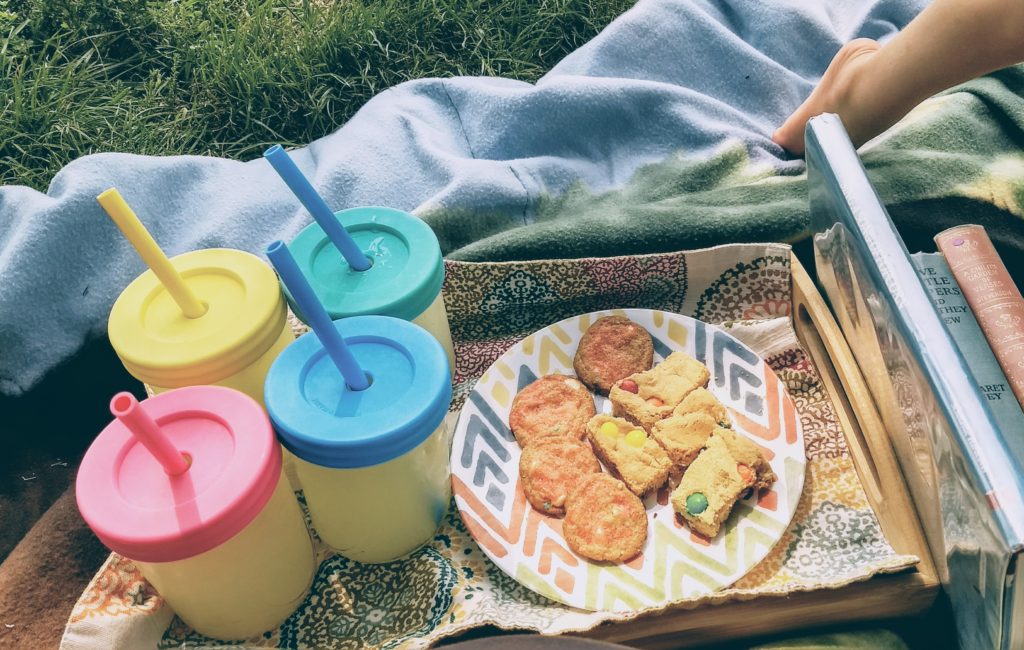
Loop B: These are the fun subjects that add a little bit of specialness to our homeschool days. Sometimes we fit them in during the morning with our other lessons, sometimes we do them in the afternoon, but we try to get through all of them at least once a week. Loop B subjects are Drawing, Handicrafts (crocheting right now thanks to YouTube), Poetry Tea Time, and a read-aloud of which we read at least chapters a week.
That’s a quick peek into our homeschool and what we are doing this year. If you have any questions or want to know more, feel free to ask away.
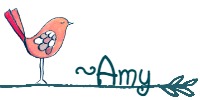


Pingback: How to Start Homeschooling + Resources to Help - Calamus Mom